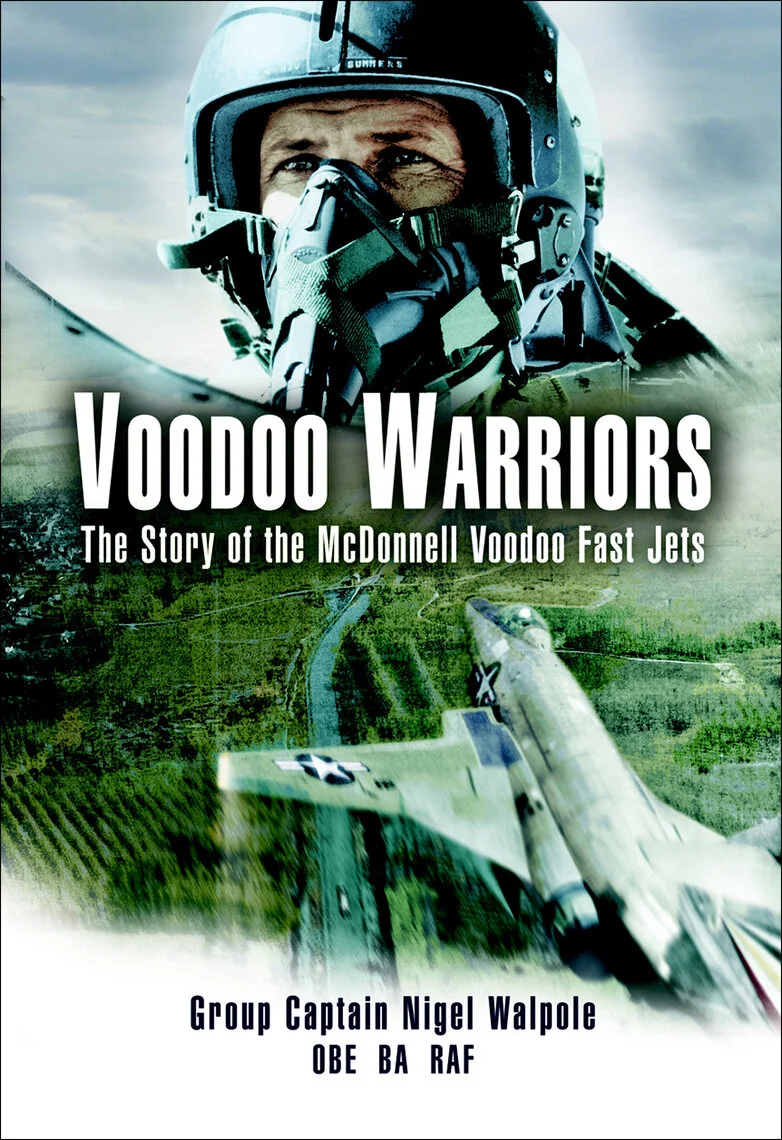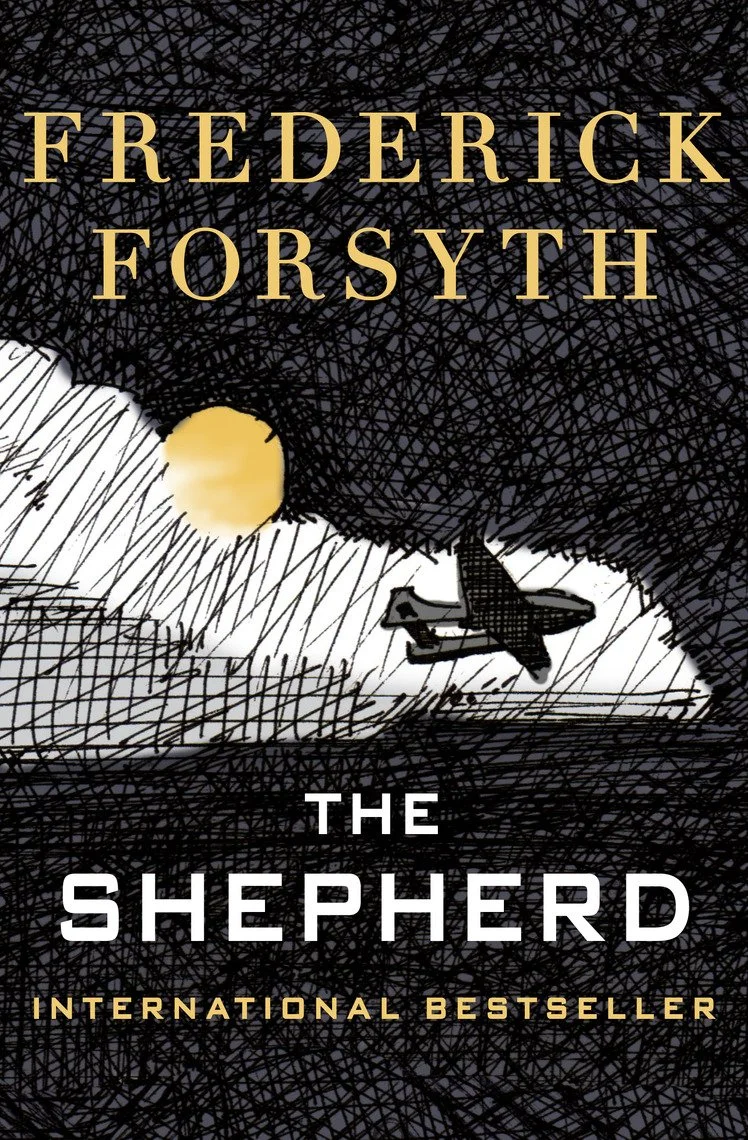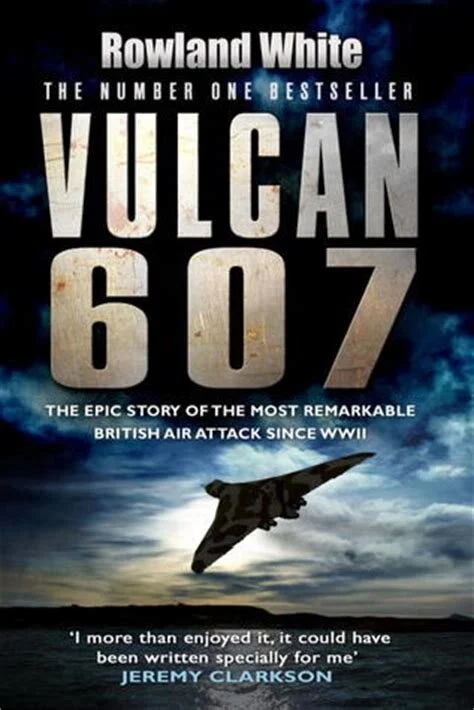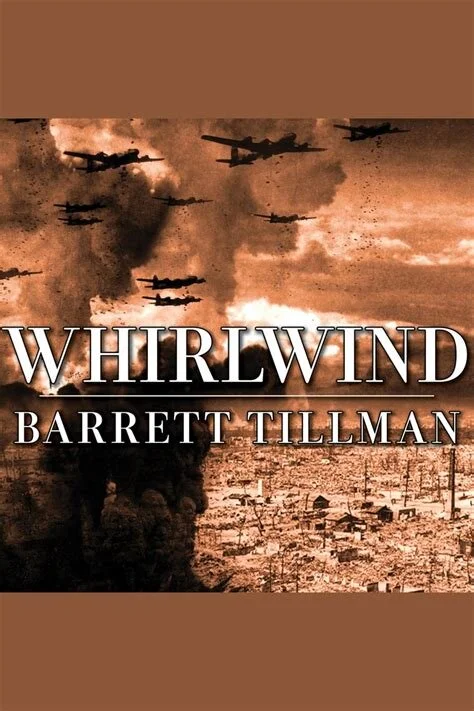Nigel Walpole's “VOODOO WARRIORS: THE STORY OF THE MCDONNELL VOODOO FAST-JETS”
Book review by Dennis D. McDonald
For the most part VOODOO WARRIORS manages to avoid the trap of too many Armed Forces retrospectives where some chapters appear constructed not to tell a story but to list the names of as many people as possible. Some chapters are like that but on balance we have thorough description of one of the lesser-known “century series” fighter jets, the McDonnell F101 Voodoo.
Initially developed as a high-speed escort fighter for long-range SAC bombers, the 1,000 mph+ Voodoo was eventually adapted as a high altitude interceptor, as nuclear weapons delivery platform, and as a photographic reconnaissance platform.
You get a good sense from this book about what it was like to fly and maintain this aircraft operationally. Initially the aircraft was a danger to fly as the Air Force in the 1950s was still learning how to fly such a twin-engine beast as the Voodoo. Once the teething subsided the plane was adapted to perform new Cold War and then Hot War roles.
It’s sobering to read about the primitive nature of the electronic navigation and communication devices used on the Voodoo. Tracking and aiming, activates now as matter of course managed by software support, had to be performed manually and mechanically. Training was hands-on but infrequent as the sophisticated simulators we have today were not available in the 1960s. Training for a long-range bomber interception was an expensive proposition; after all, how many BOMARC missiles were surplus enough to sacrifice as high-speed target drones?
Eventually the Voodoo found itself in Southeast Asia performing as a high-speed reconnaissance camera platform. The large size of the Voodoo meant that multiple vertical and side scan cameras could be carried, which was good. The bad thing was that with reliance on the film cameras of the day (infrared imaging was not as advanced as it is now) pilots had to fly close to the ground and within range of heavy fire.
Field conditions were spartan. In those days the chemical processing of film required specially constructed and refrigerated processing plants near where Voodoos were based so that film canisters could be run to processing as soon as the plane landed. No transmission of digital images in realtime!
This book also gives a feel for the maintenance and support needed in these nondigital days to support a huge camera platform like the Voodoo. Pilots, maintenance, and support staff also had to contend with occasional mortar and rocket attacks as the North Vietnamese Army continued its growing stranglehold on the South.
Review copyright (c) 2015 by Dennis D. McDonald




























